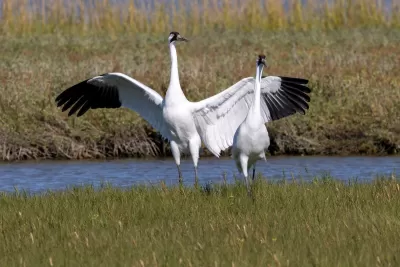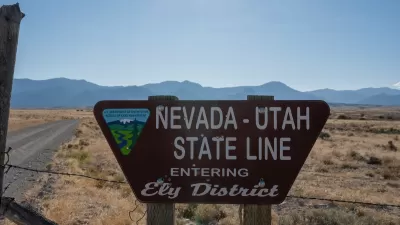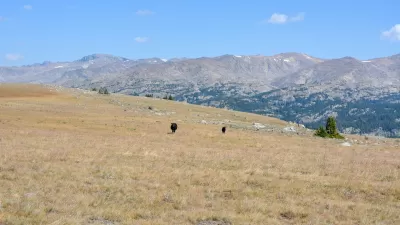The year brought some important victories to advocates for public lands, national monuments, and the reclamation of Indigenous history.

According to The Wilderness Society, despite a potentially grim future for conservation, “From landmark rules that make polluters pay their fair share to the expansion of national monuments, 2024 brought us solid wins worth celebrating—many of which position public lands as a vital part of the solution to the climate crisis.”
An article on the Society’s blog highlights some key wins, such as the Bureau of Land Management’s (BLM) Public Lands Rule. While controversial (and challenged in court) in some states, the rule aims to expand protection for public lands and elevates conservation in the range of potential uses of federally owned lands. “Also in April, the BLM released its Renewable Energy Rule—a step toward accelerating the development of wind and solar projects on public lands, aligning with President Biden’s goal of achieving 100% clean electricity by 2035.”
Meanwhile, President Biden expanded the San Gabriel Mountains National Monument and Berryessa Snow Mountain National Monument in California, “ensuring Californians’ access to nature, protecting important cultural landscapes and preserving critical wildlife habitat.”
Indigenous groups in North Carolina and eastern Tennessee achieved an important win in the movement to reclaim Indigenous names on public lands with the renaming of Kuwohi.
“Significant progress has been made in safeguarding treasured landscapes from drilling and mining, with several key victories highlighting this momentum.” Just after the election, the Biden administration took action to secure key protections for the Arctic National Wildlife Refuge.
FULL STORY: 10 conservation and public lands victories from 2024

Study: Maui’s Plan to Convert Vacation Rentals to Long-Term Housing Could Cause Nearly $1 Billion Economic Loss
The plan would reduce visitor accommodation by 25,% resulting in 1,900 jobs lost.

North Texas Transit Leaders Tout Benefits of TOD for Growing Region
At a summit focused on transit-oriented development, policymakers discussed how North Texas’ expanded light rail system can serve as a tool for economic growth.

Why Should We Subsidize Public Transportation?
Many public transit agencies face financial stress due to rising costs, declining fare revenue, and declining subsidies. Transit advocates must provide a strong business case for increasing public transit funding.

How to Make US Trains Faster
Changes to boarding platforms and a switch to electric trains could improve U.S. passenger rail service without the added cost of high-speed rail.

Columbia’s Revitalized ‘Loop’ Is a Hub for Local Entrepreneurs
A focus on small businesses is helping a commercial corridor in Columbia, Missouri thrive.

Invasive Insect Threatens Minnesota’s Ash Forests
The Emerald Ash Borer is a rapidly spreading invasive pest threatening Minnesota’s ash trees, and homeowners are encouraged to plant diverse replacement species, avoid moving ash firewood, and monitor for signs of infestation.
Urban Design for Planners 1: Software Tools
This six-course series explores essential urban design concepts using open source software and equips planners with the tools they need to participate fully in the urban design process.
Planning for Universal Design
Learn the tools for implementing Universal Design in planning regulations.
City of Santa Clarita
Ascent Environmental
Institute for Housing and Urban Development Studies (IHS)
City of Grandview
Harvard GSD Executive Education
Toledo-Lucas County Plan Commissions
Salt Lake City
NYU Wagner Graduate School of Public Service





























